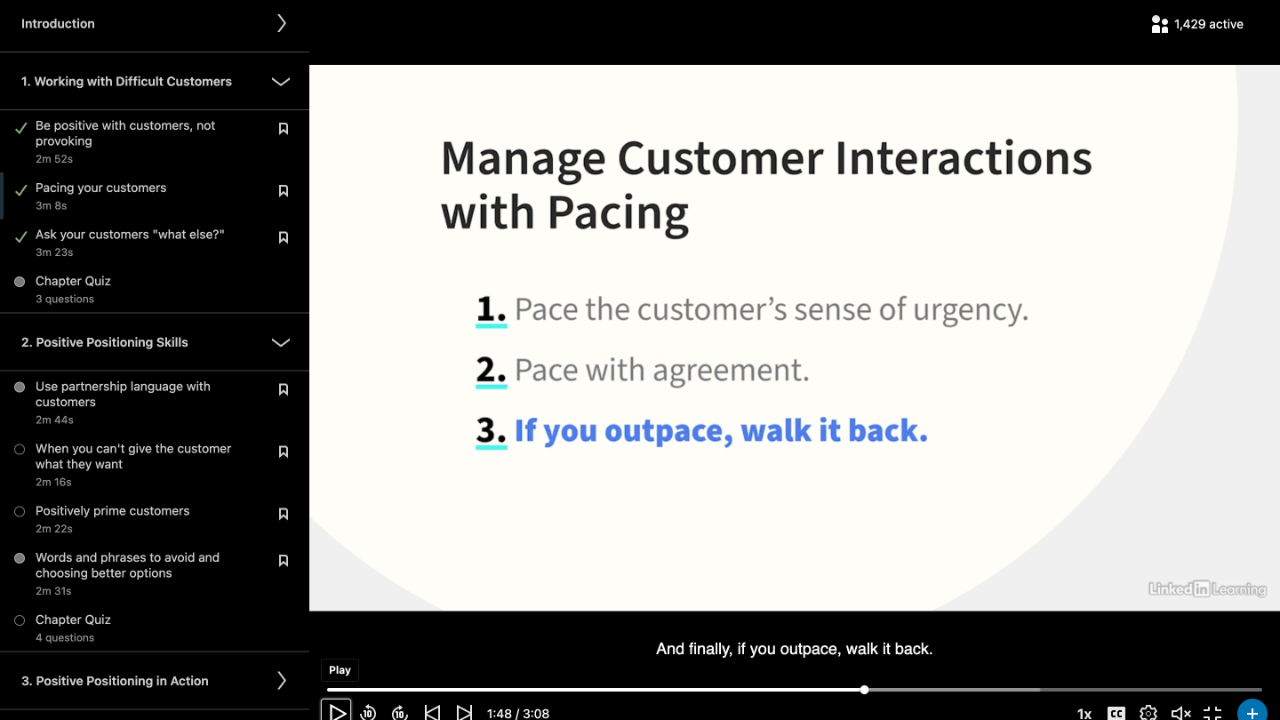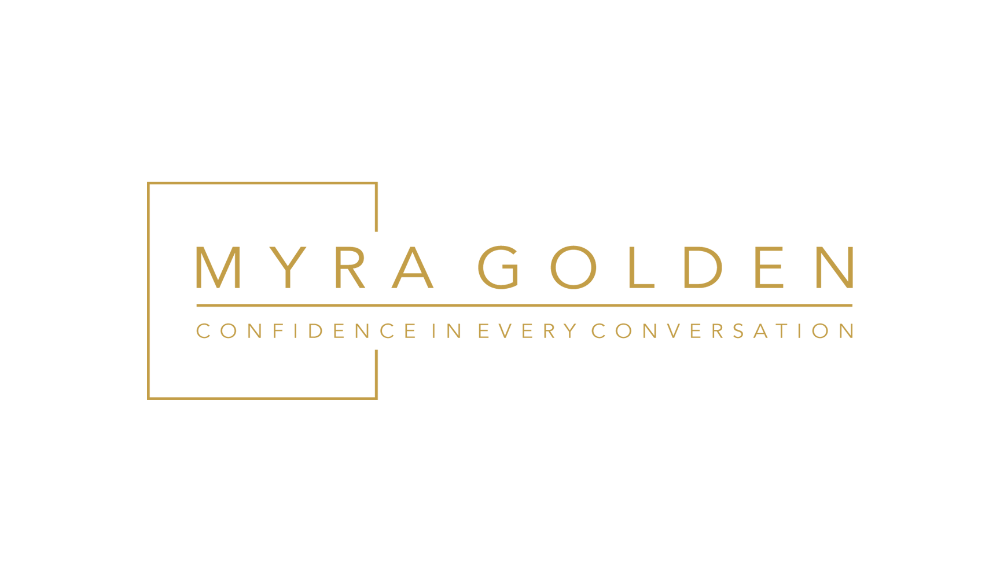Preempt Escalations by Pacing Your Customer

Good negotiators have mastered the skill of pacing others. They mirror the verbal expression or body language of the person they're talking to, and this pacing helps them create rapport and puts them in the best position to influence the outcome.
You can use pacing to influence the outcome of interactions with challenging customers.
So, let's look at three ways you can pace your customers.
One. Pace The Customer's Sense of Urgency
I stopped at an airport restaurant for lunch. When the server came to my table, she said, "How much time do you have before your flight?" When I told her I had less than an hour, she said, "We'll make this fast."
She was swift with everything - taking my order, bringing it out, and getting the check. She paced my schedule. Her urgency put me at ease because I knew I'd enjoy my meal and make my flight.
When you sense your customer has an urgent need, try to pace. Do this by quickly following up or conveying a sense of urgency with your words, for example, "I don't want you to worry; we'll resolve this today."
Two. Next, Pace With Agreement
It's easier to keep a conversation positive when you find ways to agree with your customer. Look for opportunities to pace your customer by positively commenting on something they've said.
You can say things like, "I can see your point on that," or "I know that had to be frustrating."
Three. If You Outpace, Walk It Back
I was leaving a deli with my mother and sister one evening. Engrossed in conversation, my sister and I strolled at a brisk pace. I looked back and saw that my mother was a few yards behind us.
We turned around, walked toward her, and then picked up her pace. While my mother didn't say anything about us walking ahead of her, I know that didn't feel good.
It doesn't feel good when you outpace a customer - by talking too fast or giving explanations they don't get. Your intentions are good, but your pace is off.
Get back on track by checking for understanding, slowing down when you need to, and even using some of the exact words your customer uses, even if they're not technically correct.
For example, if your customer says "thumb drive," when your inventory calls the device a "flash drive," you don't need to correct the customer. Pace customers by using their language when it makes sense.
Pacing puts you in a position of influence because you're in sync with the customer, and they sense you're on their side and that you genuinely want to help.
Pacing your customers from Creating Positive Conversations with Challenging Customers by Myra Golden
For more help working with customers, check out my LinkedIn Learning course, Creating Positive Conversations with Challenging Customers.
De-escalation Academy
The step-by-step, psychology-backed system that helps your team handle any tough customer interaction with calm, control, and confidence—on the phone, in person, or in chat.
Join Myra’s Inner Circle: Insights, Strategies, and Resources for Leaders Who Demand the Best.
Be the first to receive exclusive strategies, curated resources, and behind-the-scenes insights from Myra Golden—crafted for leaders who value excellence.
Your information will remain private and protected—always.

